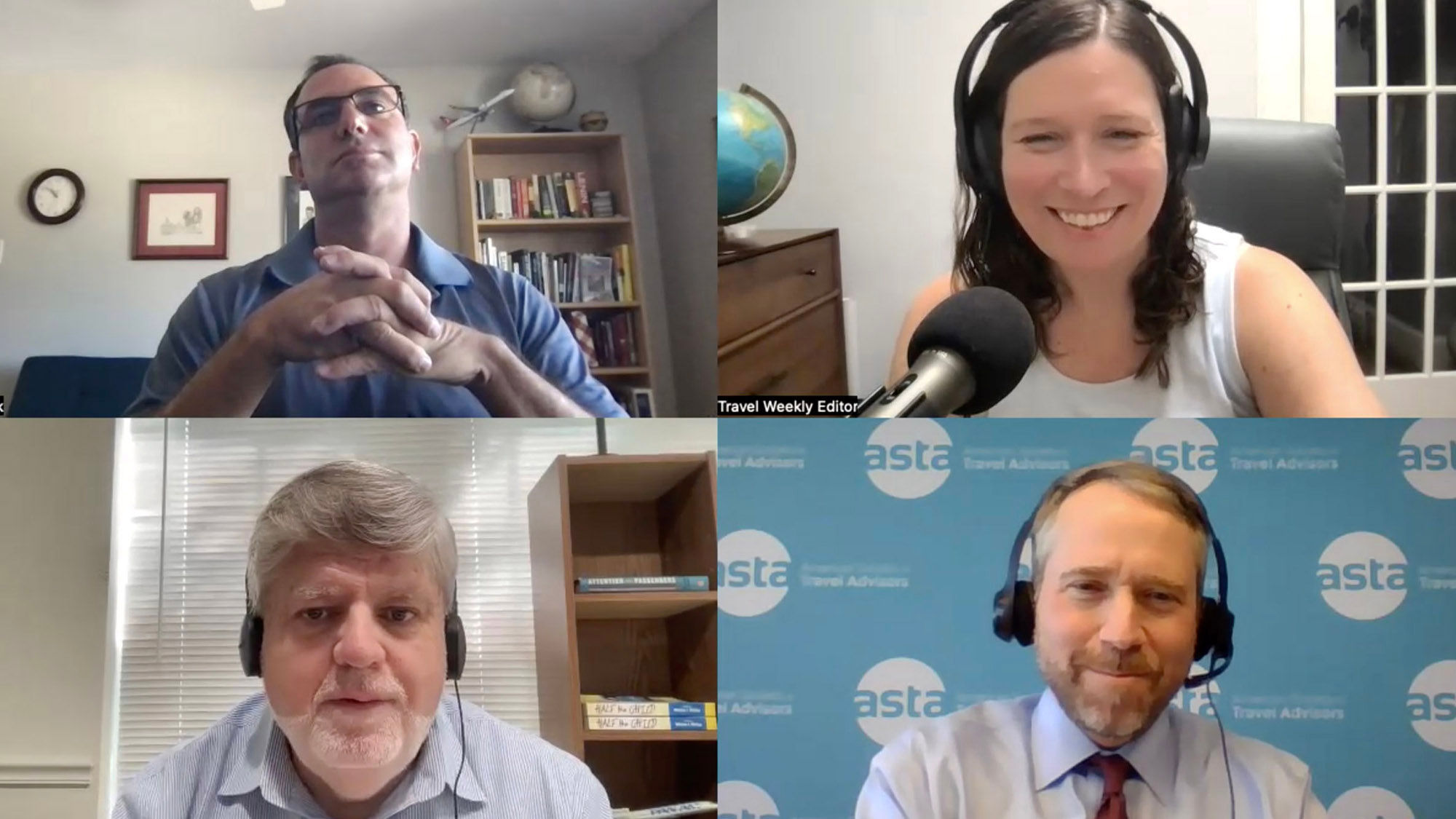Airfare refunds and disclosures: The DOT's plans and what flyers and advisors should know: Travel Weekly

Under the Biden Administration, the DOT has put out several proposals related to rules for airlines, passengers and travel advisors. Two of the biggest are about refunds and fee disclosures: In the first, when flyers should be entitled to refunds and in the second, when air ticket sellers — like travel agents — should disclose fees like bags, change fees, and how much it would cost for families to sit together.
And there are other rulemakings in the works, plus a new online dashboard on airline policies for delays and cancellations. In short, it seems like a lot is going on. But what does it mean, what do advocates think needs to be clarified in order for flyers and agents to truly benefit, and how can people get involved in the comment process before the DOT issues its final rulemaking?
Host Rebecca Tobin and Travel Weekly senior editor for aviation Robert Silk talk about these issues with Eben Peck, the executive vice president of advocacy at the American Society of Travel Advisors, and Bill McGee, a consumer advocate who is now with the American Economic Liberties Project.
This episode was recorded Thursday Oct. 6 and has been edited for length and clarity.
Related Travel Weekly reports:
DOT’s fee-disclosure plan is met with opposition
Wheels up: The new airline dashboard is good. It could be better
At the DOT, ASTA lays out opposition to air-ticket refund plan
Airlines improve their services to customers impacted by cancellations
DOT proposes giving flyers more opportunities to get a refund
DOT rulemaking dockets
Air ticket refunds
ASTA
Update on state and federal campaigns
American Economics Liberties Project
DOT’s effort to secure airline refunds is an important change for consumers
Source: Read Full Article



